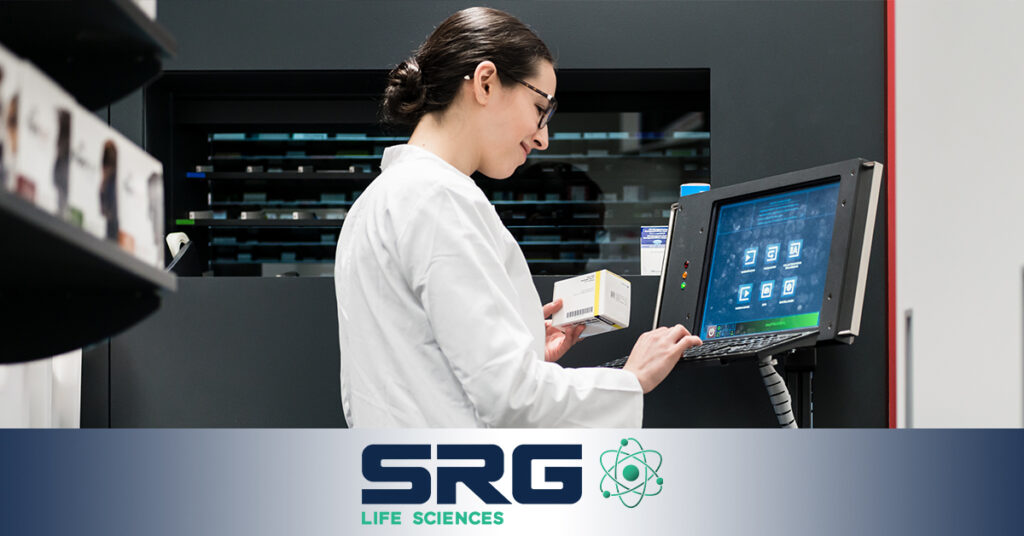The FDA’s draft guidance on computer software assurance for medical devices and bio/pharma sectors marks a significant shift in regulatory expectations. This guidance – aimed at optimizing software validation practices – addresses the evolving needs of an industry increasingly reliant on digital solutions. Here is an exploration of the nuances of this draft guidance, including insights into its implications for industry stakeholders and tips for navigating its complexities.
Understanding the Paradigm Shift
The draft guidance represents a paradigm shift from traditional validation methods, which have long been viewed as a barrier to swift deployment due to their heavy emphasis on extensive documentation. The new approach focuses on ensuring that systems are effective and fit for their intended use rather than merely compliant with rigid documentation standards. This shift acknowledges the need for a more agile and responsive regulatory framework that can keep pace with technological advancements in the medical device and bio/pharma industries.
Navigating Regulatory Scope and Requirements
By urging a meticulous assessment of software’s intended use, the FDA encourages a tailored validation process that aligns with specific operational needs and risks. This new guidance doesn’t encompass software as a medical device (SaMD) or software inside a medical device (SiMD). Instead, it specifically targets software used in production and quality systems as outlined in 21 CFR 820.70(i). This clarification helps manufacturers understand whether their software meets the regulatory criteria, streamlining compliance efforts.
Testing Methodologies: Scripted vs. Unscripted Testing
The draft guidance introduces modernized testing methodologies that include both scripted and unscripted testing. Scripted testing follows a detailed, predefined protocol, which is ideal for high-risk situations where precision and repeatability are crucial. On the other hand, unscripted testing allows for greater flexibility and adaptability, making it suitable for lower-risk scenarios and early-stage testing where the full scope of potential issues may not yet be known. This bifurcated approach allows companies to allocate their resources more efficiently, focusing detailed efforts where they are most needed.
Embracing Technological Advances and a Risk-Based Approach
The guidance advocates for a risk-based approach to software assurance, urging manufacturers to evaluate the risks associated with software features and functionalities. It emphasizes the use of technological advances, such as automated traceability testing and electronic records, to enhance the reliability and efficiency of validation processes. This approach not only facilitates compliance but also fosters innovation by allowing manufacturers to leverage cutting-edge technologies to mitigate risks effectively.
Ultimately, the FDA’s draft guidance on computer software assurance is a forward-thinking document that seeks to harmonize the rapid pace of technological innovations with the stringent requirements of medical devices and bio/pharma regulations. By adopting this guidance, companies and professionals can not only ensure compliance but also enhance operational efficiency and product safety.
If you’d like to learn more about recent advances or are looking for a life sciences job that helps you stay at the cutting edge, the Staffing Resource Group wants to hear from you. Apply Today and SuRGe your career forward.



